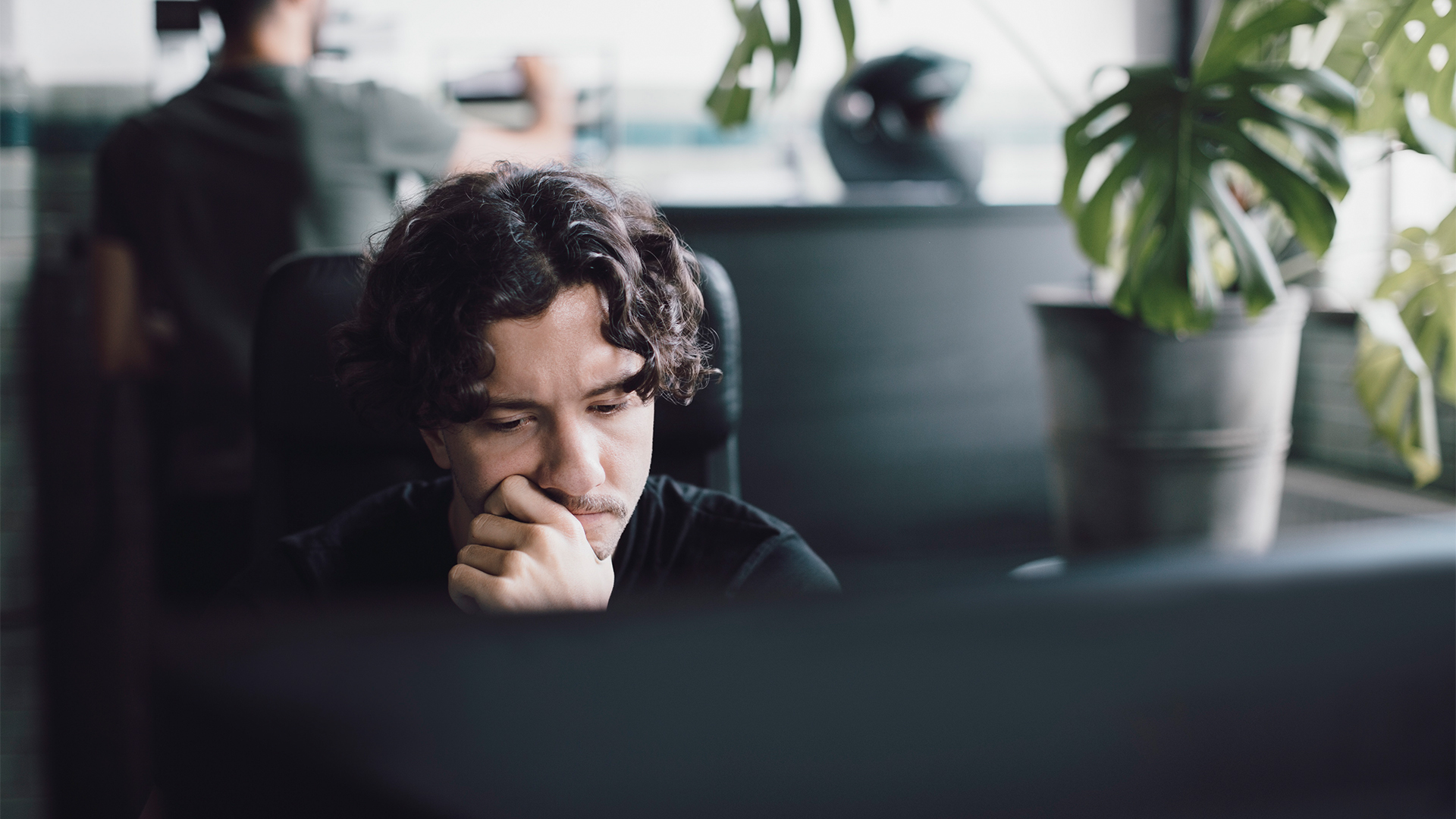Adopting a more collaborative IT environment can shine the light on siloed businesses
From stronger cyber security to better decision-making, the benefits to the channel are vast, argues Ivanti’s Kevin J Smith

IT and cyber security operations have traditionally been siloed within businesses, often due to management decisions to break down company-wide goals and assign smaller objectives to different areas within an organisation.
While it’s a sensible decision to specialise, this approach could lead to an unfortunate data-sharing void. Such a siloed approach to IT operations throughout the channel can negatively affect decision-making, efficiency and security in the long term, as insular departments wouldn’t have a complete understanding of which processes others are undertaking. This could, for example, lead to repeated actions or duplication of efforts.
Inversely, a successful organisation should and would be conscious of this, and be aware of the need, in some cases, for teams to work together on different aspects of IT infrastructure while using open and effective channels of communication.
Tearing down the barriers to collaboration
Companies striving towards a communicative structure need to turn towards a more collaborative IT environment to gain the most insight from their data and systems, by breaking down the barriers that have traditionally separated them.
A collaborative culture between IT teams, meanwhile, will allow them to use their time and resources more effectively by sharing knowledge, pooling resources, and budgets. In the current climate of frequent, high-profile data breaches, the focus has understandably shifted to favour cyber security over other areas on investment, which may see smaller budgets across the board. Many IT teams, as a result, adopt more reactive approaches to technological issues; dealing with them as and when they arise instead of working proactively before they appear. This, in turn, can lead to long-term problems and, in the worst-case scenario, could cause an outage if companies get stuck with legacy tech that’s expensive to maintain and costly to update.
Siloed business structures also mean teams using operating systems and technology from different vendors that may be incompatible with each other, yet further inhibiting collaboration. This creates a knock-on effect for company decision-makers because reports they receive will be based on data often disconnected, and hard to work with.
Unifying this reporting process would make it far easier for CIOs and CISOs to make well-informed and effective decisions that support the work of the entire organisation and ensure customer satisfaction is being met. These benefits certainly extend to those in the channel community, and vendors, distributors as well as resellers alike stand to gain from a more cohesive IT environment, as administrators make wholesale changes to their infrastructure, as opposed to the small incremental changes that have traditionally been par for the course.
Stay up to date with the latest Channel industry news and analysis with our twice-weekly newsletter
Lending cyber security a helping hand
Beyond proactive working, and well-informed decision-making, a unified approach to IT can lead to cyber security advantages. IT and security operations are beginning to work more collaboratively as technological innovations develop and cybercrime continues to evolve.
It’s highly likely that an IT worker, serving as the first port of call for any computer-related issues within a business, will be the first person to spot a breach. It makes total sense for them to work alongside the security department, and contribute their expertise to rectify whatever the problem may be.
This can also bring security and IT teams together to defend against cyber attacks before they even happen. Legacy systems are one of the primary enablers here, for example in the case of WannaCry, which exploited unsupported and unpatched Windows operating systems used across the NHS. While patching was the main security concern, collaboration may have minimised this issue because digital transformation, and the updating of legacy technology, comes under IT’s remit. If these separate teams had communicated better, and worked together to monitor for possible cyber entry points, the effects may have been somewhat mitigated.
Looking to a more unified future
It’s hard enough to account for the actions of your own team, let alone one you aren’t a part of. The answer, when faced with this problem, is to utilise technological advancements, such as AI, that are available to improve and automate communications, and make unified environments easier to achieve. Working towards such an approach to IT can reduce the likelihood of different departments relying on incompatible systems, and could work towards reducing the silos often found in IT, not to mention saving resources by ensuring actions aren’t duplicated between teams.
With time, the siloed nature of IT we are used to will become harder to maintain as companies migrate to the cloud and employees become more flexible and mobile. Collaboration, between companies within the channel, and separate teams, is now a necessary part of business operations. While this is just one step in the right direction, it’ll ensure that businesses are able to utilise valuable resources and give managers the tools to make the most appropriate decisions while considering the actions of the business.
Kevin J Smith is senior vice president at Ivanti
-
 I couldn’t escape the iPhone 17 Pro this year – and it’s about time we redefined business phones
I couldn’t escape the iPhone 17 Pro this year – and it’s about time we redefined business phonesOpinion ITPro is back on smartphone reviews, as they grow more and more intertwined with our work-life balance
-
 The gig economy: Past, present, and future
The gig economy: Past, present, and futureFeature The rise of the gig economy represents a new era of flexible working despite being plagued with controversies
-
 'Digital hide-and-seek': Workers are wasting hundreds of hours a year sourcing the information they need to carry out their role
'Digital hide-and-seek': Workers are wasting hundreds of hours a year sourcing the information they need to carry out their roleNews Knowledge workers globally are wasting a quarter of their working week tracking down information, new research from Atlassian has revealed.
-
 Untethered: How CIOs and CISOs are paving the way for the new hybrid workforce
Untethered: How CIOs and CISOs are paving the way for the new hybrid workforceWhitepaper Effective techniques to transition from exposed legacy infrastructure to an effective zero trust strategy
-
 Unlocking the power of your digital services
Unlocking the power of your digital servicesSponsored Businesses have invested significant cash into technology since COVID-19, but are they really getting their money's worth?
-
 Delivering fast and secure digital experiences for the modern hybrid workforce
Delivering fast and secure digital experiences for the modern hybrid workforceWhitepaper A new approach to digital experience monitoring that can monitor the health of all systems
-
 Collaboration is the glue that holds your business together
Collaboration is the glue that holds your business togetherSPONSORED A combination of productivity tools and cloud telephony can enable the best from your workforce
-
 The future of work and the forgotten workforce
The future of work and the forgotten workforcewhitepaper How to deploy a mobile-first strategy so no one gets left behind
-
 The case for an accelerated device refresh cycle
The case for an accelerated device refresh cycleWhitepaper Achieving a more cost-effective device lifecycle overall
-
 Employees are choosing how they work
Employees are choosing how they workWhitepaper And with the right secure digital strategy, this could be a great thing for your business: today and far into the future